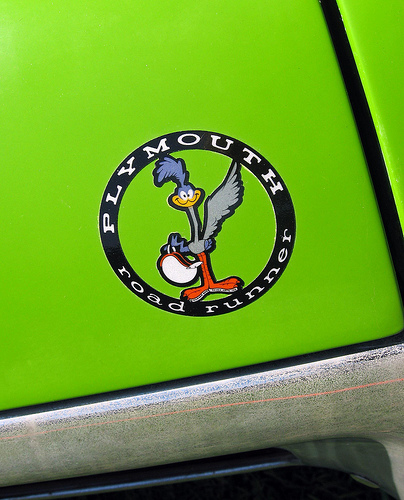Embedded video players for content hosted on the YouTube video platform (which is owned by Google LLC) may set these third-party cookies and/or use similar technologies to store data in your browser (or other user agent) for purposes such as (without limitation) managing video settings (e.g., tailoring the playback to your connection speed), storing video preferences, providing certain functionality (e.g., allowing you to pause a video at a particular point), showing you advertisements, associating your video viewing and other activity with your Google account (if any), ensuring proper functioning of the service, preventing abuse, and/or compiling user analytics data. Such cookies and/or stored data items may be set by various domains (such as, though not necessarily limited to, youtube.com; youtube-nocookie.com; googlevideo.com; ytimg.com; google.com; accounts.google.com; www.googleadservices.com; and/or doubleclick.net, which is part of the DoubleClick advertising service, also owned by Google LLC). Not all the listed cookies and/or data items are necessarily set in all instances, and there may sometimes be others not listed above, particularly if you are logged into a Google account. Some persist for only a few minutes, or until you close your browser (or other user agent); others may remain in your browser (or other user agent) as long as your individual settings permit. To learn more about what information the YouTube platform and other Google services may collect through and/or in connection with embedded video players and how Google may use that information, see their "How Google uses information from sites or apps that use our services" page and the Google Privacy Policy. For additional information about how Google uses cookies and/or other technologies that may collect and/or process personal information, see the "Technologies" section of their Google Privacy & Terms site and the "Our advertising and measurement cookies" section of their Google Business Data Responsibility site, which includes a detailed list of cookies associated with Google advertising and measurement products. (Those pages do not currently discuss the storage of data in your browser (or other user agent) using technologies other than cookies, e.g., in web storage.) For more information about Google advertising, see the "Advertising" section of their Google Privacy & Terms site. (Google, DoubleClick, YouTube, and other related marks and logos are trademarks of Google LLC.)
VISITOR_INFO1_LIVE, VISITOR_INFO1_LIVE__k, VISITOR_INFO1_LIVE__default, YSC, YEC, _Secure-YEC, PREF, GED_PLAYLIST_ACTIVITY, CGIC, DV, CONSENT, SOCS, AEC, exchange_uid, id, pm_sess, pm_sess_NNN, aboutads_sessNNN, remote_sid, test_cookie, use_hitbox, _gac_gb_, __gads, _gcl_, _gcl_au, _gcl_aw, _gcl_dc, _gcl_gb, _gcl_gf, _gcl_ha, __gpi, __gpi_optout, __gsas, Conversion, 1P_JAR, ACLK_DATA, GPS, NID, ENID, ANID, AID, TAID, IDE, APIS, SAPISID, DSID, HSD, SID, HSID, SSID, SNID, SIDCC, FCCDCF, FCNEC, FLC, FPGCLAW, FPGCLDC, FPAU, GAPS, GLC, N_T, OTZ, PAIDCONTENT, RUL, TAID, UULE, LOGIN_INFO, Permission, yt.innertube::nextId, yt.innertube::requests, yt-html5-player-modules::subtitlesModuleData::display-settings, yt-html5-player-modules::subtitlesModuleData::module-enabled, ytidb::LAST_RESULT_ENTRY_KEY, yt-player-autonavstate, yt-player-bandaid-host, yt-player-bandwidth, yt-player-headers-readable, yt-player-lv, yt-player-quality, yt-player-volume, yt-remote-cast-available, yt-remote-cast-installed, yt-remote-connected-devices, yt-remote-device-id, yt-remote-fast-check-period, yt-remote-session-app, yt-remote-session-name, application_server_key, AuthKey, DeviceId, Endpoint, HighPriorityNotificationShowCount, HomePromptCount, HomePromptTime, IDToken, IndexedDBCheck, LogsDatabaseV2, P256dhKey, Permission, PromptTags, RegistrationTimestamp, shell_identifier_key, TimestampLowerBound, yt-serviceworker-metadata












